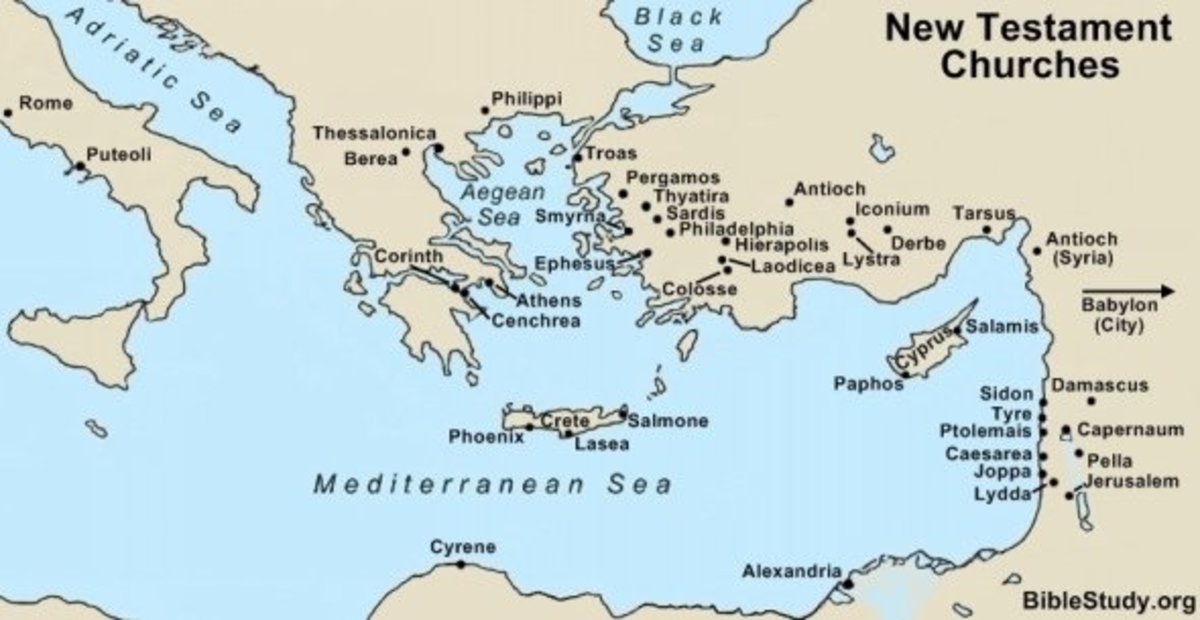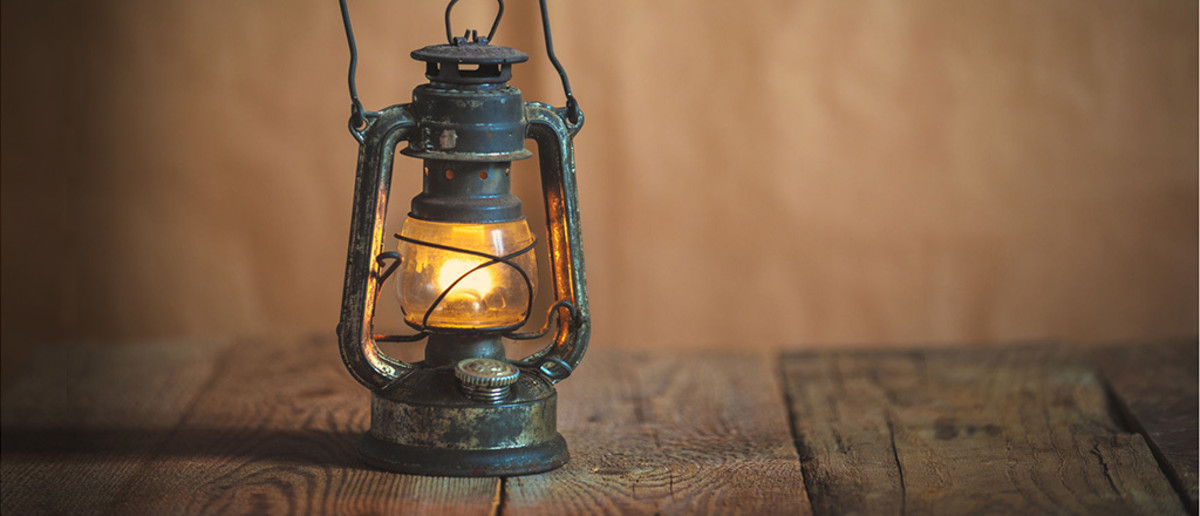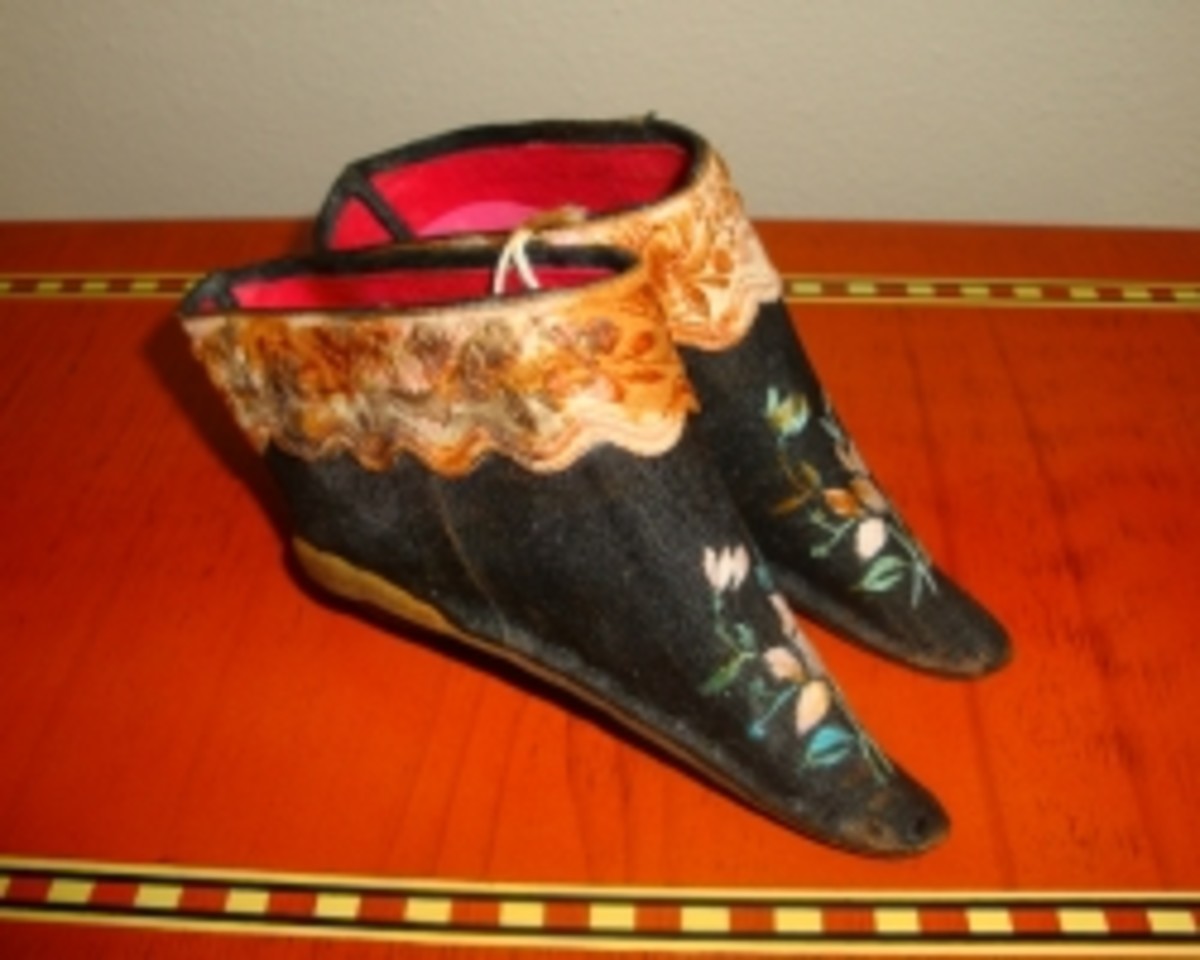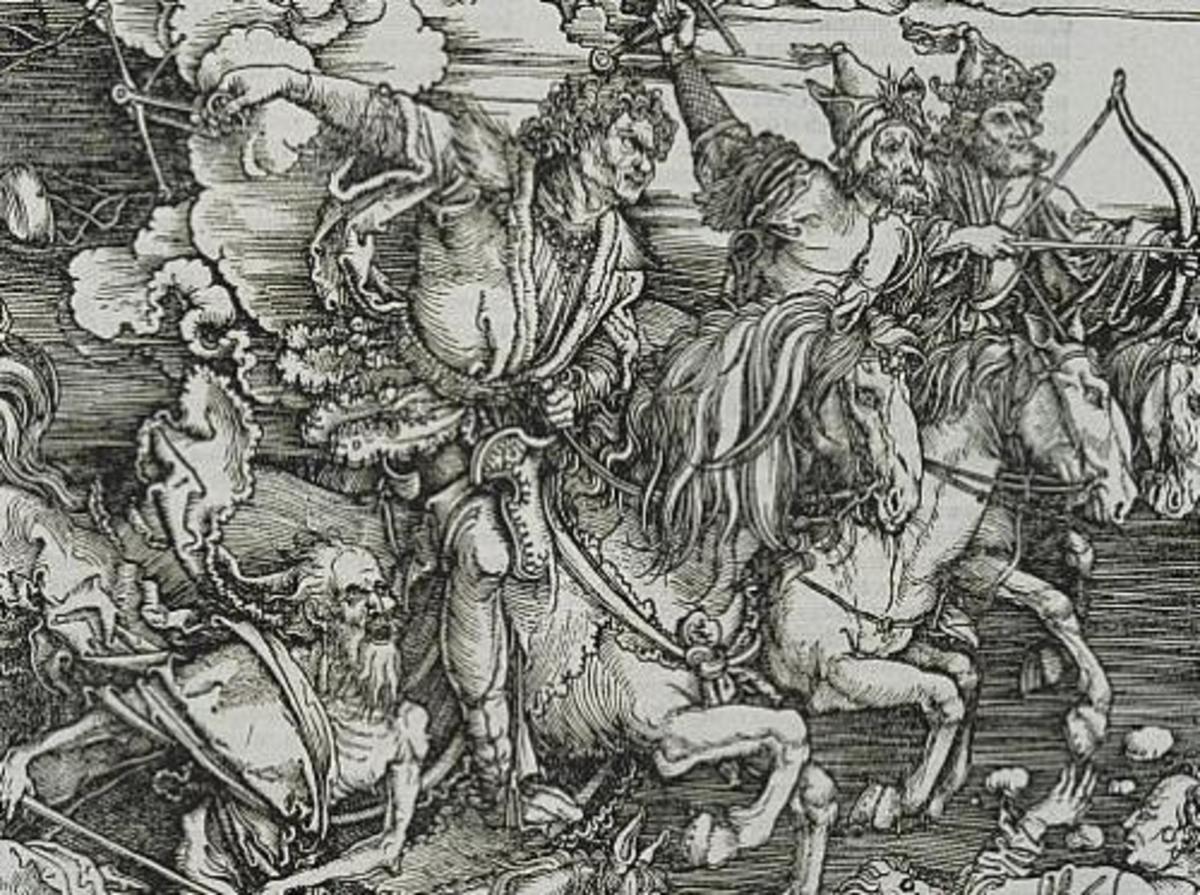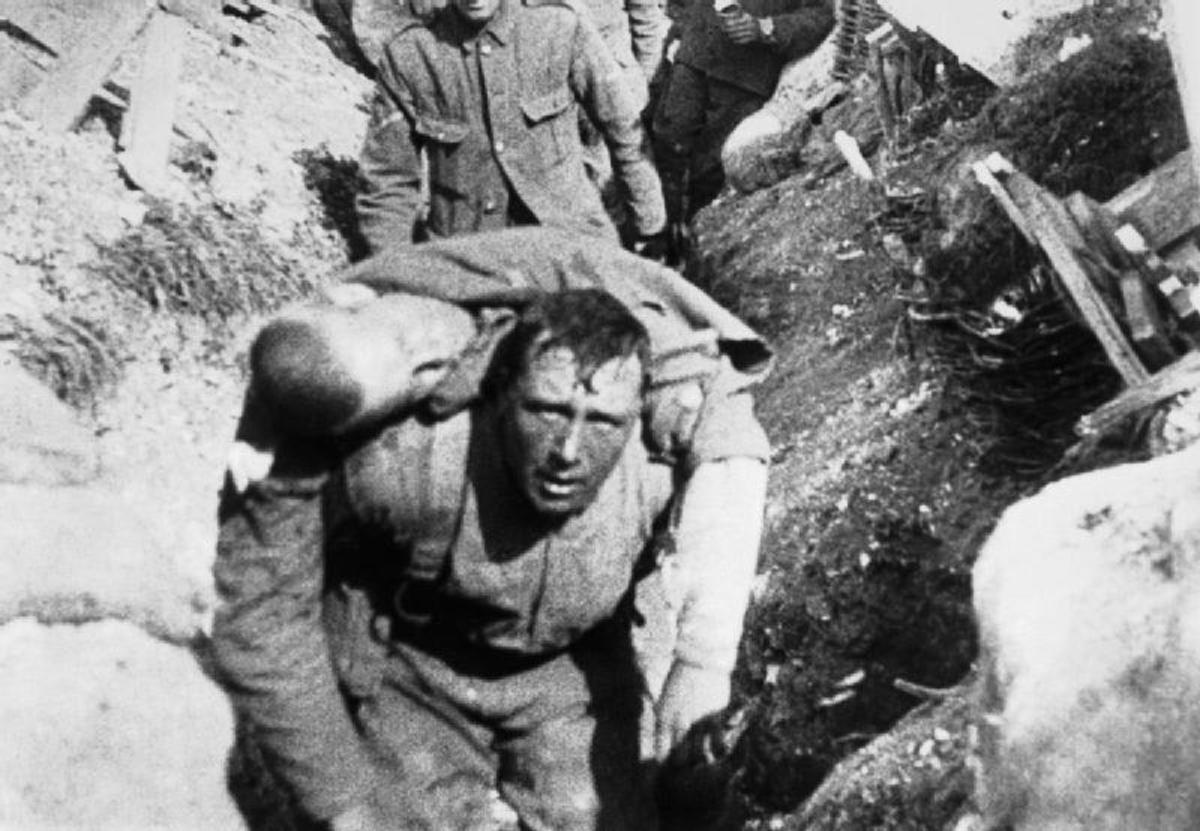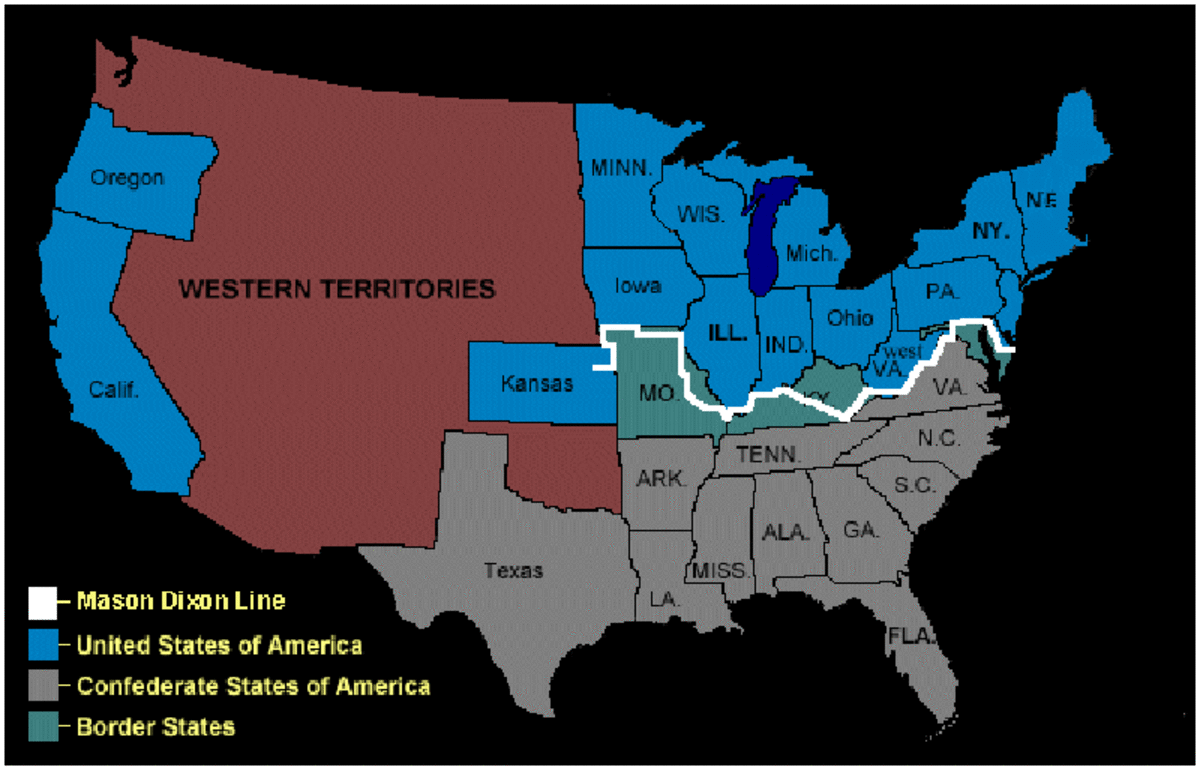Foochow Mission Compound
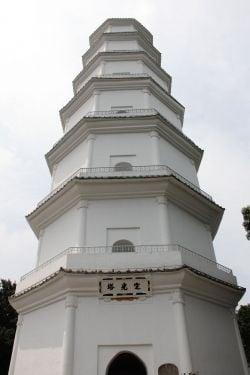
Ecumenical missionary efforts built impressive collection of schools and hospitals
The Foochow Mission Compound was a collection of buildings constructed by various American mission groups although primarily Methodist, all in one location in what is now the city of Fuzhou. Fuzhou's white pagoda is located in the vicinity of the former Foochow Mission Compound and often appears in photographs of it. The city was commonly referred to as Foochow due to the system of alliteration then in use and is located near the coast, on the shores of the Minjiang River which empties into the South China Sea, midway between Shanghai to the north and Hong Kong to the south. The first missionaries arrived in Foochow, China, in 1847. The Rev. Stephen Johnson and the Rev. and Mrs. L.B. Peet arrived in Focohow on January 2, 1847, after working several years with Chinese people living in Siam, where they had learned the Chinese language. Foochow was one of five Chinese cities opened at the time to foreigners under a treaty with the Chinese government. The first Chinese convert of Focohow was baptized in 1856. Working in an inhospitable atmosphere where anti-foreigner sentiment was strong and laws restricted their movements to certain areas of the province, these 19th century missionaries of various denominations worked together in ecumenical fashion to establish schools and hospitals and other mission-related facilities on land that over time came to be known as the Foochow Mission Compound.
1895 - Foochow Missionaries
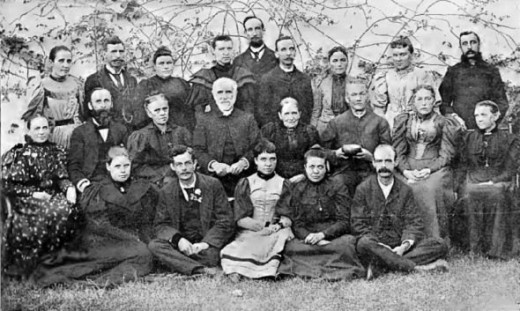
The picture was taken on Mr. Hartwell's seventieth birthday, December 19, 1895. Beginning on the left in the rear are Mrs. Peet, Mr. Beard, Mrs. Kinnear, Mrs. Beard, Dr. Kinnear, Mr. Peet, Mrs. Gardner, Dr. Nieberg-Goddard, Mr. Gardner. In the middle row are Miss Woodhull, Dr. Whitney, Mrs. Walker, Mr. and Mrs. Hartwell, Mr. Walker, Mrs. Whitney, Dr. Woodhull. In front are Miss Chittenden, Mr. Goddard, Mrs. Hubbard, Miss Newton and Dr. Bliss.
1900
Cedar Rapids (Iowa) Republican, June 19, 1900
The Foochow Mission.
Page 6: Among other Iowa Methodists who are located in China are Miss Lydia A. Wilkinson of Diagonal, Iowa, Miss Mable Allen of Early, and Mrs. Susan, Tippett, a widow of Sioux City, all three of whom are located at the Foochow Mission in Southern China, entirely out of the range of the boxers. Miss Allen left China some weeks ago and is expected to land at any moment for a year's leave of absence. She is accompanied by two Chinese girls, who are to be placed in a school in the state, one in Simpson and the other in Cornell College for education as missionaries.
In central China at the Yangtze mission there is Miss Kate L. Osborn of Union Mills, Mahaska county, a farmer Iowa girl. At the same place there is Dr. Mary Stone, a native missionary who spent four years in America studying and is now in charge of a hospital and dispensary. In both these women Iowa Methodists are interested and are appreciative of their welfare because of the report that the trouble is threatening the Yangtze Valley people as well as those of North China.
All these women are directly under the Women's Foreign Missionary society. Among the workers sent out by the general missionary society of the Methodist church is Rev. G.A. Stuart, brother of Rev. T. McKay Stuart, pastor of Grace Methodist church of this city. Mr. Stuart is at Nanking south of the boxer district, Mrs. Mary Porter Camwell of Davenport, Iowa, is at Pekin, as also Rev. and Mrs. W.C. Longden, the latter being a niece of Mrs. C.D. Miller of 1613 High street, this city. There are in the heart of the danger district. Miss Helen Gallaway of Mt. Ayr, Iowa, is at Chung King, on the Yangtze river in West China. Rev. W.E. Manly and wife are at the same place. Mrs. Manley was Miss Florence Brown of Iowa, a graduate of Cornell college, and her husband was a former Iowa pastor. Mr. and Mrs. William Mais, former residents of Iowa, are now at Foo Chow.
Though there are not many Iowans sent out to China under the auspices of the Congregational church of Iowa, there are many Congregational missionaries there who had been in Iowa and are well known here. Among them are the Wycoff sisters, who have been in great danger recently, but who from late reports had arrived in Pang Ching their station near Pekin, accompanied by a guard, and are safe again — as safe as is possible to be in the modest of the boxer district. These sisters are twins, sent out by the Congregational church and their names, as well as their faces, are familiar to many Iowa Congregationalists. Miss Mary Porter is also located at Pang Chang, and has a brother, Dr. Henry D. Porter, at the same place.
Miss Bird at Taku
Miss Rowena Bird is another name well know to Congregationalists. Miss Bird is stationed at Taku in the Shansi district of north central China. She has been in Des Moines several times, and has a sister, Mrs. Ada Haven, a daughter of Professor Havens, of Chicago, an exceptionally talented and accomplished young woman, is at Pekin, and also Dr. virginia C. Murdock who has just gone back after a short furlough in America. Dr. and Mrs. Arthur H. Smith, well known Congregationalists, are at Pang Chang, where the Wycoff sisters are located. Dr. Chauncy Goodrich is president of a Congregationalist college at Tung Cho, near Pekin. At Fen Chu Fu, isn the Chunsi District, Charles W. Price, whose father-in-law, Mr. Kessley, lives in this city, and who has visited in Des Moines several times, is stationed.
There are three Iowans at work in the Chinese mission field under the auspices of the Christian church. these are Mr. and Mrs. Frank O. Garrett, who were formerly in school at Drake university, and Dr. Hugh Whripton, who took his medical course in Des Moines. They are all three stationed at Nankin, out of the danger district. The Episcopal diocese in China is situated in Shanghai and the lower Yangtze valley and is in charge of Bishop Graves. In this diocese there are forty-eight clergymen, seven hospitals, three orphanages, two schools for boys, two schools for girls, and physicians, teachers, and nurses who are Americans, numbering fifty-eight. None of these are Iowans. There are a large number of Baptists and Presbyterian missionaries in the Chinese field, but not many who are well known in Iowa.
The relatives of J.T.W. Ragsdale, United States consul at Tien Tsing and Major F.H. Conger, consul at Pekin, are expecting word hourly. In the last letters from them there was no hint of impending trouble.
1902 - Peace Street Hospital, Foochow
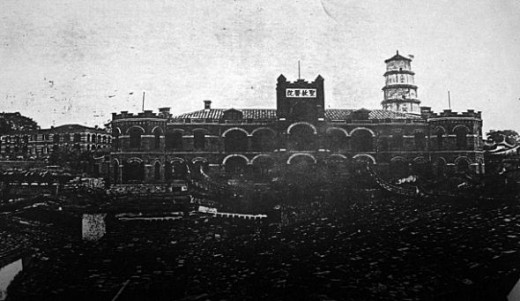
Pagoda Bells.
By Dr. Kate Cecilia Woodhull
Peace Street Hospital for Women and Children is near the White Pagoda, which looks down on us like a giant sentinel. This pagoda is said to be over 900 years old, has seven stories and is over 300 feet high. For many years it had been in a dilapidated condition, the plaster on the outside crumbling, the idols much defaced, and the stairs inside all broken, so there was no safe to ascend, to get the fine view.
A few years ago some zealous Buddhist priests collected money to repair it. Among other repairs, the bells on the corners of the turrets, absent for many years, were replaced. When the wind blows hard these bells all join in their voices in a melodious chime. In the fierce gusts of a typhoon they have a thrill, weird sound. Sometimes a breeze strikes only one side of the pagoda, and the bells tinkle softly, making a very sweet chime.
Oh, Christian churches! Where are your heralds to proclaim on the mountain tops of China that Christ is “The Way, the Truth, and the Life”? Where are your messengers to go through these villages and hamlets and tell of Him who said, “I am the Light of the world,” “He that followeth me shall not walk in darkness”?
Sometimes when we listen to the pagoda bells they seem to us like voices bringing messages from far away. One day the voice sounded like a familiar anthem and it ran thus, “How beautiful upon the mountains are the feet of him that bringeth glad tidings, that publisheth peace, that bringeth good tidings of good, that publisheth salvation.” “How shall they believe in him of whom they have not heard? And how shall they hear without a preacher? And how shall they preach except they be sent?” And the sweet chime added, “And how shall they send except we hear?”
In 1935 the Peace Street Hospital was demolished and replaced by the Union Hospital.
1913 - Woman's Missionary Friend
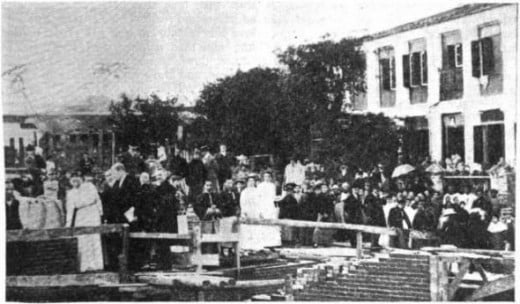
By Miss Cora E. Simpson
When I first arrived in Shanghai and was waiting for a steamer south, I was entertained in the lovely home of Dr. and Mrs. Lacy. One day Mrs. Lacy asked, "What would you most like to see to-day?" and I told her that one of my greatest desires was to see a Chinese graveyard. She laughed merrily, and replied, "You won't have to do that to-day, for you are to live in a graveyard."
When we arrived in Foochow I found that this was so. As soon as one steps outside the compound, graves by the thousand are seen everywhere. My first picnic in China was in a graveyard, and many a service have I since held on the graves.
Last year a dear woman in Baltimore Branch instructed the Woman's Foreign Missionary Society to build her a monument; and our dear secretary mothers, who always know just what is best, wisely decided that the proper place to build a monument is in a graveyard.
During the summer we have been kept busy preparing the piles of sand, brick, cement, and earth for our monument, and laying the foundations. Last week we decided to share our good time with our friends, and invited them in to help lay the cornerstone. The American consul and a large number of the state officials were present, besides Bishop Bashford, Mrs. Bashford, the Foochow Annual and Women's Conferences, and many other guests.
It will be a year or more before the monument is complete. We have named it the Magaw Memorial Hospital; in Chinese it will be called the Magaw Love Hospital.
In the Annual Report of the Woman's Foreign Missionary Society, we find this statement: "1875-The first hospital for women in China-Foochow." Dr. Trask was the founder and builder. The records of those early days read like fairy tales. It was a "red letter day" when that first hospital was dedicated, and through the years its wide-open doors have given a welcome to the tens of thousands of suffering ones who have sought entrance there. How many sad hearts have been healed by the Great Physician, only eternity will tell.
More about Foochow
The Compound at Foochow - Women's college among buildings constructed for education of the Chinese people
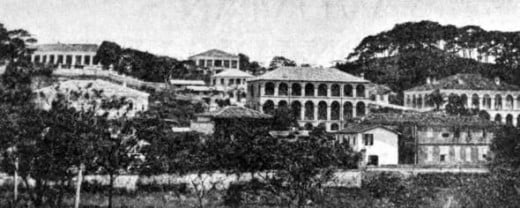
Woman's Missionary Friend, January 1913, pp. 2, 3
Some of our Leading Schools in China
Notable, of course, is the new woman's college at Foochow, of which the other schools in that region are to be feeders; indeed, four of the other stations in the conference have sent girls from their boarding schools to enter the college preparatory class of 1915. The cornerstone of the new building was laid in December, 1911, and the college spirit so noticeable in America seemed to spring into full-grown life on that occasion. Miss Trimble writes of the girls: "This year has been marked by the birth of the feeling that they are part of a great enterprise for the uplifting of China. No American college girls could have shown more enthusiasm than did our girls on the evening before the cornerstone laying, when they were making their college streamers and badges."
Foochow girls' school charges for tuition and dinners - Students subscribe to self-supporting program
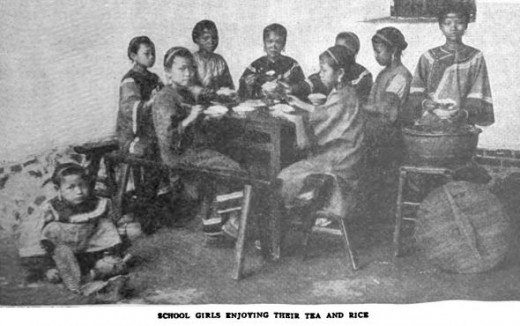
Woman's Missionary Friend, January 1913, page 3
Some of our Leading Schools in China
The boarding school in Foochow, under the charge of Miss Bonafield, is doing a most noteworthy work. The report to the Foochow Conference in December, 1911, called particular attention to the progress that has been made in changing the charity school of fifty years ago into a self-supporting school. "The first departure was requiring the girls to clothe themselves; next, to buy their own books; after that to pay their tuition; then, to furnish their own bedding; finally, to pay board for at least two years, and through the course if possible. That the very poor, the homeless, the orphan, might not be shut out, manual training was introduced into the school. The poor girls may work during the summer and are paid for their work; thus they are able to do what their more fortunate sisters are doing. For many years no day pupils would come even when offered their dinners. Now there are nineteen day pupils, some of whom come quite a distance, who pay for their dinners and pay tuition, besides."
Three girls from this school are in the Foochow College Preparatory, four are studying in Peking and one in Nanking. Other graduates of the school are teaching in various cities of the conference.
1914 - Chinese Herald Orphanage at Foochow
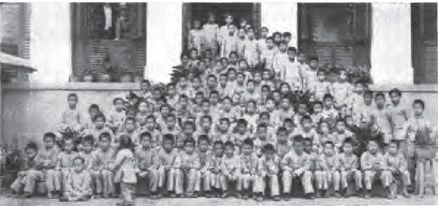
Sunday School Tour of the Orient.
By Mrs. Emaroy J. Smith
Page 6: Among other Iowa Methodists who are located in China are Miss Lydia A.
One day we visited the Christian Herald Orphanage, where we took pictures of the boys working in the garden. The young man who has charge of the garden gave me the following list of vegetables that the boys raised: watercress, red spinach, green peas, long bean, snake gourd, sword bean, com, eggplant, calabash, onion, leeks, pumpkin. Pastor Hang, of Foochow, is at the left of picture, and the boy, holding bouquet of flowers that were later presented to us, we were told, had already shown a very marked tendency for raising flowers and vegetables.
A special program was prepared for us here, the children speaking pieces and singing songs. We were asked to take seats on the platform and to make a speech. We gave them some words of greeting from children of the United States, and told them how American children loved to sing the same songs, study the same Bible, and to work and play as they do.
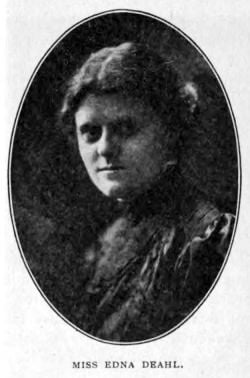
1915
Mission Studies: Woman's Work in Foreign Lands (March)
The Foochow City Mission Compound.
By Miss Edna Deahl, Missionary of the W.B.M.I.
Page 72: Our Foochow City Mission Compound goes up one side of a hill and down the other. Beginning at the foot of the hill nearest the South Gate, with easy access to some of the principal streets, is the great new hospital building, flying the banner of the Red Cross and visible from nearly every part of the city. Just in back of the hospital and a little higher up the hill are the residences of the two physicians, Dr. Kinnear and Dr. Cooper. It is hard even to begin to calculate the extent of the influence exerted by the work carried on in this splendid plant. I haven't the exact figures, but I think the record is somewhere near 30,000 treatments a year. That means 30,000 opportunities to present in some form or other the message of Christ's love for their sin-sick souls. It would be most interesting if we could take, not a bird's-eye view, but an angel's view, for a few minutes and see to what extent the work of the hospital has opened the way for the other forms of evangelization carried on by the Mission. I am sure it would be beyond what we think.
Leaving the hospital, with its many cases so full of pitiable interest and walking up the hill along the stone path that leads between the hospital and the physicians' residences, we come to a house whose entrance is surrounded by almost innumerable pots of blooming plants. Here we may make a call upon Mr. and Mrs. Hodous and their three children. Mr. Hodous is probably not at home. It is in the morning that you make your call, he is most likely across the river at the Union Theological Seminary teaching the young Chinese how to preach. If it is in the afternoon, he is probably out visiting one of the City churches encouraging the preachers in charge, overseeing repairs, or planning changes and improvements of various sorts. If he should happen to be in the house, you will generally find him surrounded by a group of preachers who have come to call upon him, perhaps for advice, perhaps for spiritual guidance on some knotty problem, perhaps for their salaries. For all of which you will surmise, and rightly, that Mr. Hodous is the foreigner in charge of the Ponasang and City churches. But you must not think that you have been left all this time standing on the flowery doorstep. Long before this Mr. Hodous has taken you under her hospitable wing and is probably at this moment planning to have you take all of your unengaged melas with her, for Mrs. Hodous is the good angel of all the stray, unattached people who come to Foochow City. She is also the much appreciated landscape gardener of the Compound, and last, but not least, she is the devoted teacher and companion of her three children, Rachel Jerome and Frederick.
Up on the terrace above the Hodouses is the long, low, white and gray house with the red portico where the Christians have their home and make a home for Mr. Beard. I wish we might time our visit here so as to arrive during one of Mrs. Christian's Tuesday afternoon meetings for the Chinese women in the neighborhood. I said "in the neighborhood," but the attendance is not at all limited to those near at hand. The Christian women from all over the city know about the meetings and come when they can. Then you might enjoy attending one of her lawn parties for the children of the neighborhood, or better still, let us go right now and visit the children at the Davis Memorial Kindergarten. Mrs. Christian is probably there and she will tell you a lot of interesting things about the different children. I suppose one would call this kindergarten and day school Mrs. Chrsitian's avocation. Her vocation just at present is teaching in the Boys' College, and very interesting work she makes of it to judge by the samples the rest of us get every now and then. This spring her classes gave a selection from Coriolanus, and though at times the English got a bit mixed, the acting was spirited and good and the costumes very clever indeed. But I must not neglect to mention the men's part in this household of busy people. Mr. Christian is the energetic manager of the big Hospital and also treasurer of the College, in which capacity he dispenses the funds that are handed in for the aid of poor students. His hands are full to overflowing with the work he finds to do in these positions. Mr. Beard's titles will soon be too numerous to mention - President of the Boys' College, Superintendent of the Press, Pastor-at-Large of Peach Street Church, and member of innumerable committees for various branches of Mission and Union work. So it is a busy household we leave as we go across the path to the house opposite where the Newells live.
The Newell house has an air of dignity befitting its age and position as the oldest house in the Compound. As you enter the door, you are just as like as not to bump into a Chinese Sing-Sang (teacher), and just a little farther in you need not be surprised if you stumble over a child's toy. If you do, you will have discovered at once the two subjects in which the occupants of this house are most interested, children and teachers. Mr. Newell has charge of the City and Ponasang Boys' Day Schools and his teachers come to him in the same way Mr. Hodous' preachers do to him, and almost any time in the day you can find one of the profession sitting in Mr. Newell's study. Besides the Day Schools and his college teaching, Mr. Newell has charge of the Higher Primary for Boys, whose new building is just now going up over on the other side of the Compound, where we shall go presently. Besides the home day and night school that she has with her tow boys, Neil and Dwight, Mrs. Newell teaches English in the Higher Primary. On Thursday evenings she and Mr. Newell have a most interesting class of English-speaking Chinese young men who meet in their home to improve their English. As they are almost all of them teachers, the subjects chosen for discussion are generally along some pedagogical line and are proving most helpful and practical in their influence on the young men's teaching. Mrs. Newell is another hospitable soul who delights in entertaining tired out missionaries and uses her home most generously in this way.
Leaving the Newells on the opposite side from which you entered, you see before you, exclusive behind yellow-washed walls, turning its back with unintentional disdain on the rest of the Compound, the home of the three "teacher-aunts" of the Compound, Miss Hartwell, Miss Wiley and Miss Deahl. As oon as you get inside that door you find yourself in an atmosphere surcharged with electricity. In the midst of a little group of Chinese in the living room Miss Hartwell is giving most earnest directions which will lead to the solving of the difficulty whatever it happens to be. From the study behind the living room a voice is heard in equally emphatic Chinese exhorting another group, this time composed of Manchus. From the still more retired study come the tones of one who is still new in the use of the Chinese language.
1915 - Mission Studies, continued
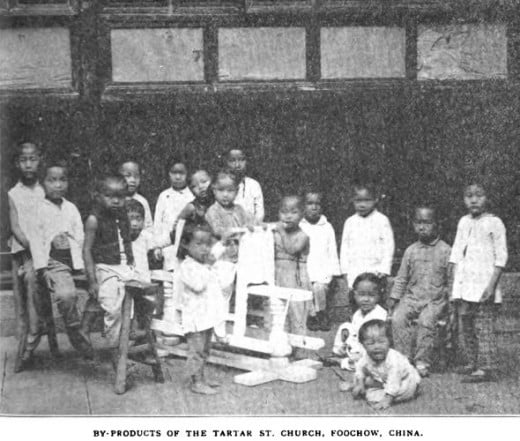
There is a great deal of coming and going. A poor blind beggar suddenly drops to his knees in the hall pleading for help of some sort. A woman who perhaps has had nothing to eat that day makes an equally forcible though less dramatic plea for relief. You wonder where the occupants of this little house live, for the whole place seems to be office. By and by the Chinese begin to go. A sedan chair emerges from under the house carrying Miss Hartwell. Miss Wiley starts off on foot, and the lady, whose tongue doesn't yet speak straight Chiense, is alone. Presently she, too, takes her departure, and the house is left quiet, with here and there a silent Chinese waiting for the Su-gu to return to renew his story.
Miss Hartwell may be said to have three avocations. She is in charge of most of the Girls' Day Schools and the woman's work in the City, but her avocations are the Christian Herald Orphanage, the Industrial School and the Beacon Hill Farm Association. And she works hard at all of them. Miss Wiley teaches in the College with all her might from eight o'clock to twelve-thirty, but all of her spare time is put into the Tartar street work, with its newly purchased church and its interesting membership. Besides the regular visiting and evangelistic work, she has a special meeting on Wednesdays for the women and one on Fridays for men and women. Saturday nights there is her Sunday School normal class of Tartars and Chinese. So neither Miss Hartwell nor Miss Wiley have very much extra time. Miss Deahl has no avocation. The work of the boarding station class is so new that it takes up most of her time, with just a little left over for the language study that is still very necessary.
But you haven't seen the College buildings yet. To get to them you have to begin the descent of the hill that you have been ascending gradually all this time. You pass by the office of the College president, but as you have already called on Mr. Beard in his home, we won't stop now. Behind his office is the busy Press building with clattering presses busy just now in getting out the fall number of the "Foochow Messenger." Beyond the Press building, spilling over on the right side of the hill, we peep into the Baldwin Memorial Library and the Peace Street Chapel. Back once more on the main path, you go on down the hill, past the three large buildings of the Foochow Boys' College, and finally arrive at the College entrance of the Compound and the foot of the hill at the same time.
Across a narrow street behind separate walls is the new school building which Mr. Newell is superintending in its erection, the tennis court and the empty land where later on there will be the fine new Peace Street Church. Across another narrow street and you come to the W.B.M.I. house land and the Davis Memorial Kindergarten in its new building. To the right of that we come to the house that has just been purchased for the boarding station class.
Now you have made the rounds. You have visited our Foochow City Compound and have called on most of the missionaries who live there. Come again some day and we will take you around the city and show you the branches that have sprung from this center, the day schools for boys and girls, the churches and chapels, and last, most important of all, we will visit some of the Christian homes and see where the very finest results of our work are being daily manifested in simple Christian living.







